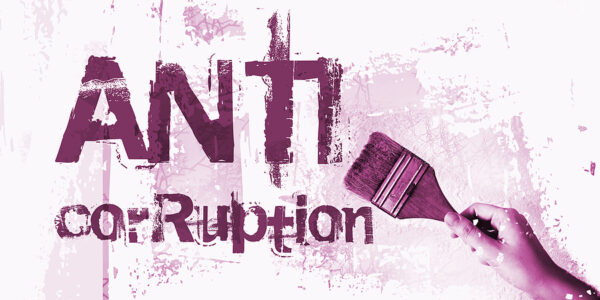Tosh, by gosh, has got it all figured out. What many believe to be the replacement for the lithium-ion battery was recently unveiled by Toshiba at the CeBit Expo in Germany.
The Direct Methanol Fuel Cell (DMFC) is technology that utilises methanol (a diluted version of the high-octane stuff) and ambient oxygen as fuel to supply power directly to devices such as the portable computer.
It seems that Toshiba has been beavering away at refining this technology for some time – the DMFC itself was conceived way back in 1991.
In more recent times, the DMFC has been attracting more and more interest as the “next generation” power supply for mobile equipment. With DMFC there is no need for charging, as is the case with lithium-ion battery – and the operating time from single methanol cartridge far surpasses that delivered by fully charged lithium-ion battery.
According to Toshiba’s Australasian product manager (and self-confessed go-go gadget fan) Laurie White, Toshiba already has DMFC-powered Centrino prototype that’s delivering up to 10 hours of operating time, using Windows XP. “Now the aim is to get that figure even higher, while keeping the size down – there’s talk of 24 hours of non-stop performance, which is the equivalent of three eight-hour working days,” he says.
Toshiba’s small form factor DMFC, while not yet the size of typical notebook battery, is electrically compatible with existing lithium-ion rechargeable batteries. The DMFC generates electricity as by-product of chemical reaction involving the diluted methanol – yes, it’s perfectly safe, Toshiba has tested prototypes on aeroplanes. Methanol is not only relatively stable and easily available fuel, its fuel cell derivative is also considered greener technology as it generates electricity directly. And did I mention there is no by-product?
White is predicting that the DMFC will eventually be miniaturised to the size of sugar cube, and they’ll be refillable. “Imagine topping up your fuel cells at the local gas station,” he says. “Fuel cell powered devices are beginning to pop up everywhere now. Japan, for example, has its first wireless fuel cell driven vending machine. It is completely standalone, with no power cable or phone line. This is the way of the future.”
As for the full-scale commercialisation of DMFC technology, it’s not likely to take place until the end of 2004. You’ll just have to be patient. Toshiba is expected to be first to market, although an Intel-backed start-up company, PolyFuel, is also working on DMFCs for laptops.
Toshiba also used CeBit to showcase its new Flexible TFT LCD colour screen – very light and thin screen that can be flexed in any direction, while supporting SVGA resolution. The screen on display at the Expo could be bent and flexed to around 10 percent angle. Its secret is the polysilicon construction consisting of 10 percent plastic and 90 percent glass.
The aim is to introduce more plastic into the screens to make them increasingly flexible. This will lead on to ones that can be rolled up, screens that are even more reliable and useable in demanding situations.
Toshiba has other new screen technology set to go commercial too. phone showing its new Organic Light Emitting Diode technology was on display at the CeBit Expo. This new technology is designed to deliver clearer, brighter images even in sunny outdoor conditions – so no more squinting!
Methanol-powered computers, roll-up computer screens, and displays you can read in bright sunlight – all this serves to remind us of exactly how far technology is taking us in the 21st century!
Glenn Baker is regular contributor to Management.
Email: [email protected]











